13 Reasons I No Longer Travel To Europe And Why You Might Rethink It Too
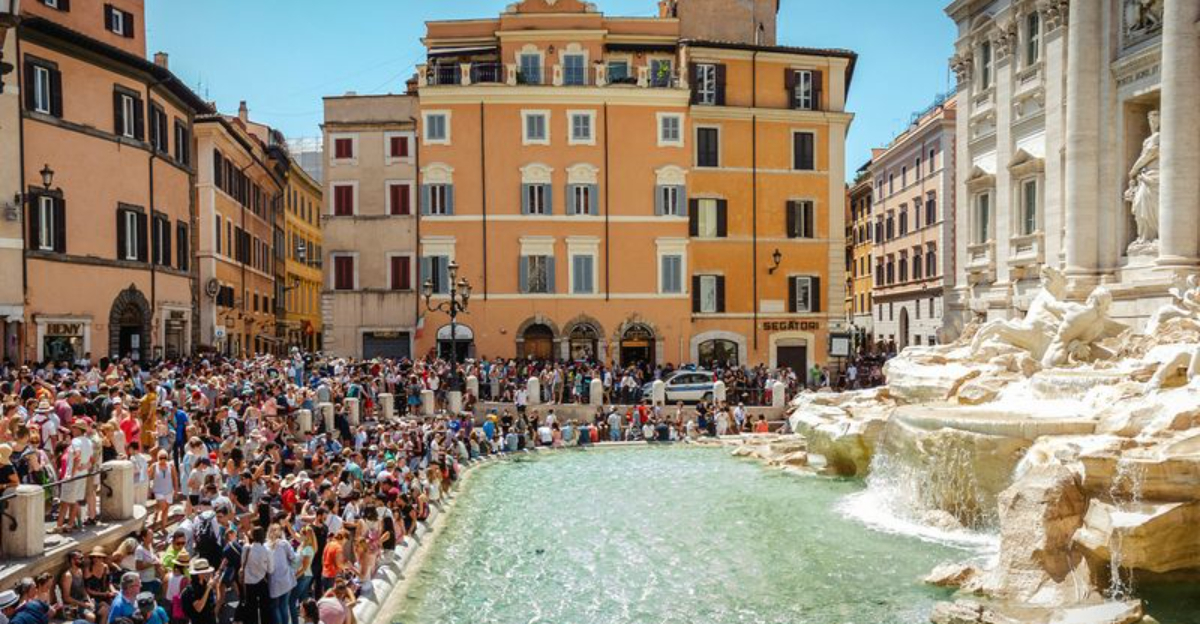
Europe once felt like a dream where every train ride led to discovery and every corner café held a bit of magic. But after years of exploring the continent, the sparkle has started to fade.
Between soaring prices, packed landmarks, and the growing sense that authenticity is slipping away, I’ve found myself questioning whether it’s still worth the hype.
Travel is supposed to refresh and inspire but lately, Europe feels more exhausting than enchanting. Here’s why I’ve started turning my compass elsewhere.
1. Overwhelming Tourist Crowds Everywhere

Picture this: you’re standing in front of the Mona Lisa, but instead of admiring da Vinci’s masterpiece, you’re staring at someone’s smartphone screen. Tourist crowds in Europe have reached unbearable levels.
Popular destinations like Rome, Paris, and Barcelona feel more like theme parks than authentic cultural experiences. You’ll spend more time waiting in lines than actually exploring.
The magic disappears when you’re elbowing through masses of people just to catch a glimpse of what you came to see. Spontaneous discoveries become impossible when every street corner is packed with tour groups.
2. Skyrocketing Accommodation Costs

When did a basic hotel room in Europe start costing more than a luxury resort elsewhere? Accommodation prices have gone through the roof, making budget-friendly travel nearly impossible.
A simple hostel bed in major cities now costs what a decent hotel room used to. Private accommodations have become so expensive that you’ll need to sacrifice other experiences just to have a place to sleep.
Even booking months in advance doesn’t guarantee reasonable prices anymore. The value for money simply isn’t there when you’re paying premium prices for mediocre accommodations with tiny rooms and outdated facilities.
3. Restaurant Meals That Break Your Budget

Remember when you could enjoy a delicious meal in Europe without emptying your wallet? Those days are long gone, replaced by tourist-trap restaurants charging outrageous prices for mediocre food.
A simple pasta dish in Rome or a basic sandwich in Paris can cost more than a full dinner elsewhere. Tourist areas especially prey on visitors with inflated prices and smaller portions.
Even local markets and street food have become expensive. Finding authentic, affordable dining experiences requires extensive research and often means traveling far from city centers, eating up precious vacation time.
4. Language Barriers Create Daily Frustrations
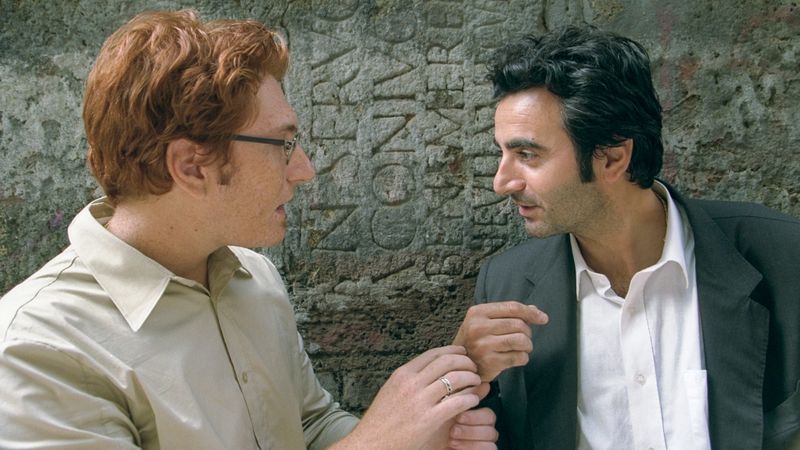
While language differences can add charm to travel, they create real challenges when you need help or information. Not everyone speaks English, and getting basic assistance becomes a daily struggle.
Simple tasks like asking for directions, ordering food, or handling emergencies become stressful ordeals. Translation apps help, but they can’t replace real human connection and understanding.
Medical situations, transportation issues, or lost belongings become much more complicated when communication breaks down. The stress of constantly trying to make yourself understood can overshadow the joy of discovery and exploration.
5. Pickpockets and Tourist-Targeted Crime
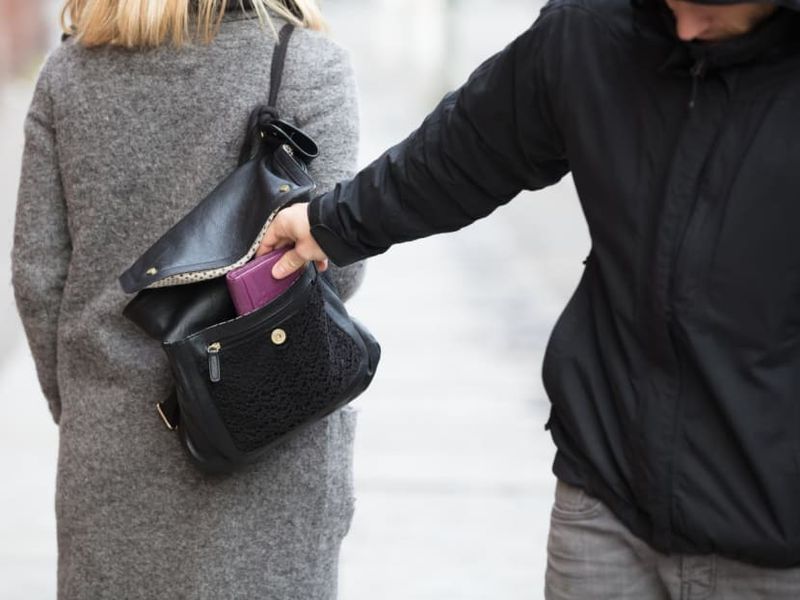
Europe’s major cities have become hunting grounds for pickpockets and scam artists who specifically target tourists. Popular areas like train stations, tourist attractions, and busy squares are particularly dangerous.
Thieves have perfected their techniques, working in groups to distract and rob unsuspecting visitors. Your vacation can turn into a nightmare when your passport, money, and cards disappear in seconds.
Constant vigilance becomes exhausting when you should be relaxing and enjoying your trip. The stress of protecting your belongings while trying to take photos and explore ruins the carefree vacation experience you’re seeking.
6. Transportation Strikes Disrupt Your Plans
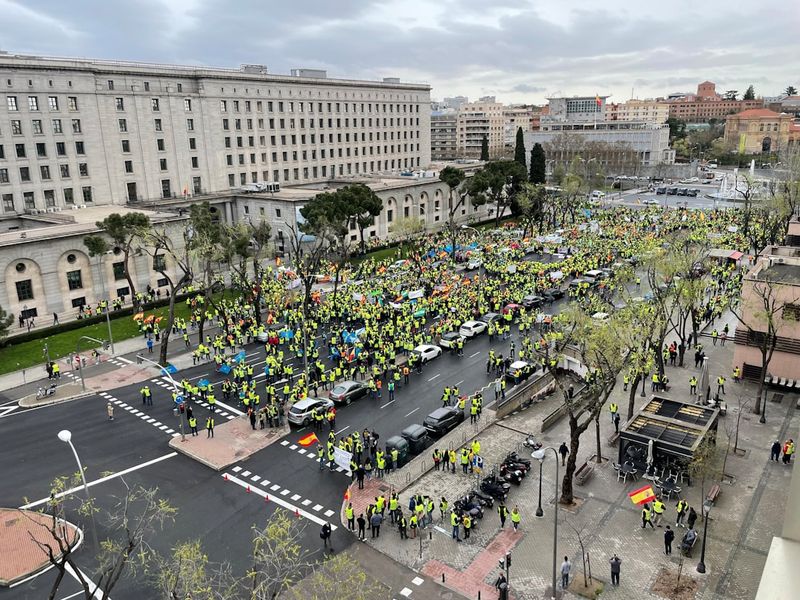
European transportation workers love their strikes, and unfortunately, your vacation doesn’t matter to them. Train strikes, airline strikes, and public transport shutdowns happen regularly without much warning.
Your carefully planned itinerary becomes worthless when trains stop running or flights get cancelled. Alternative transportation options are either unavailable or extremely expensive during strikes.
Hotels rarely offer refunds for unused nights, and rebooking flights can cost hundreds extra. These disruptions don’t just affect one day – they can derail your entire trip and waste money you’ve saved for months.
7. Weather Ruins Outdoor Activities

European weather is notoriously unpredictable, and when it turns bad, your outdoor plans disappear quickly. Rain, wind, and cold temperatures can persist for days, trapping you indoors.
Many famous attractions lose their appeal in bad weather. Walking tours get cancelled, outdoor markets close, and beautiful architecture becomes harder to appreciate when you’re soaked and shivering.
Indoor backup plans are limited and often overcrowded when weather forces everyone inside. Museums and galleries become packed with disappointed tourists seeking shelter, making the experience less enjoyable for everyone involved.
8. Cultural Differences Feel Unwelcoming
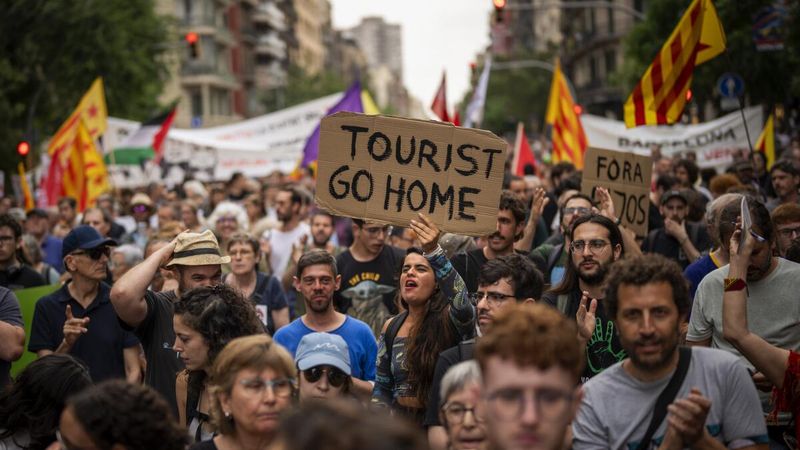
What seems like European sophistication can actually feel cold and unwelcoming to visitors. Local customs, social norms, and expectations aren’t always obvious, leading to uncomfortable situations.
Service standards differ greatly from other regions, and what feels like rudeness might just be cultural differences. Restaurant servers, shop workers, and even hotel staff can seem indifferent or impatient.
Making genuine connections with locals becomes difficult when cultural barriers create misunderstandings. The warmth and hospitality you might expect from travel experiences often feels absent in many European destinations.
9. Long Travel Times Between Destinations

Europe might look small on maps, but getting between countries and cities takes much longer than expected. Train connections aren’t always convenient, and flights between nearby countries can be surprisingly time-consuming.
Airport security, boarding procedures, and connections eat up entire days of your vacation. What should be a quick hop between cities turns into an exhausting travel day with little time for actual exploration.
Ground transportation isn’t always reliable or efficient. Delays, cancellations, and poor connections can leave you spending more time traveling than enjoying your destinations, defeating the purpose of a relaxing vacation.
10. Limited Authentic Cultural Experiences
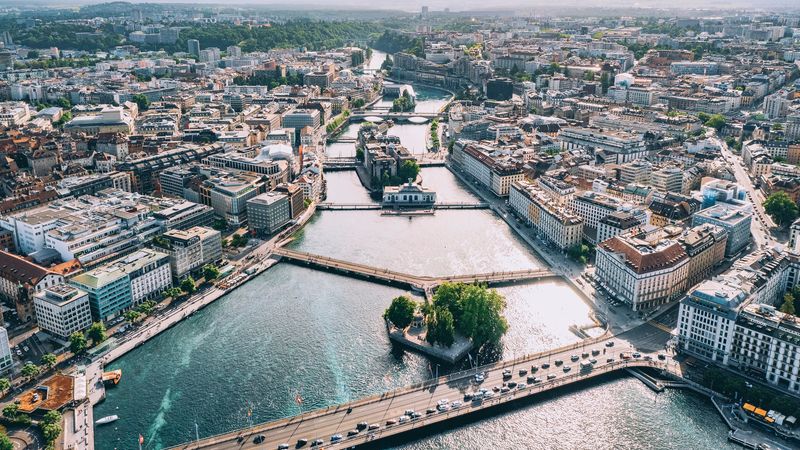
Finding genuine cultural experiences has become nearly impossible in popular European destinations. Commercialization has replaced authenticity, leaving tourists with manufactured experiences designed to extract money rather than share culture.
Local traditions have been packaged and sold as tourist attractions, losing their original meaning and significance. Street performers, markets, and festivals often cater more to cameras than cultural preservation.
Real local life happens away from tourist areas, but accessing it requires time, language skills, and local connections that most visitors don’t have. You’ll leave feeling like you’ve seen Europe’s tourist facade rather than its true character.
11. Overpriced Activities and Attractions

Entry fees for European attractions have reached ridiculous levels, making sightseeing an expensive proposition. Museums, castles, and historic sites charge premium prices that add up quickly during a multi-day visit.
Audio guides, special exhibitions, and photography permissions cost extra on top of already high admission fees. Family visits become particularly expensive when each person needs separate tickets and additional services.
Free alternatives are limited and often inferior to paid attractions. You’ll face the choice between missing major sights or spending a significant portion of your budget on entrance fees alone.
12. Inconsistent Service Quality Standards

Service quality varies wildly across Europe, making it impossible to predict what kind of experience you’ll receive. Excellent service in one place can be followed by terrible treatment elsewhere.
Staff training seems inconsistent, with some employees going above and beyond while others appear completely disinterested in helping customers. This unpredictability makes planning and expectations difficult.
Problem resolution becomes challenging when service standards aren’t uniform. Complaints might be handled professionally in one location but completely ignored in another, leaving you frustrated and without recourse for poor experiences.
13. Environmental Impact Concerns
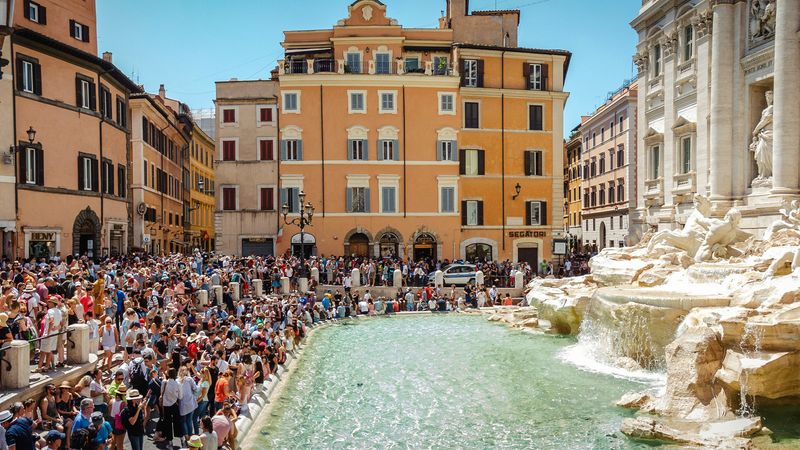
Mass tourism is destroying the very places we want to visit. Popular European destinations are suffering from environmental damage caused by too many visitors overwhelming fragile ecosystems and historic sites.
Contributing to this problem by visiting overcrowded destinations doesn’t feel right anymore. The impact on local communities, wildlife, and historic preservation is becoming impossible to ignore.
Sustainable tourism alternatives exist, but they require more research, planning, and often higher costs. Choosing responsible travel options while still having an enjoyable experience becomes a challenging balance that many travelers aren’t prepared to navigate.
